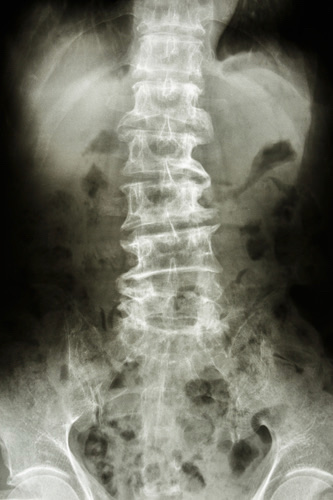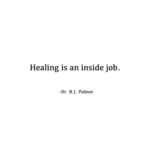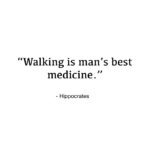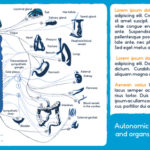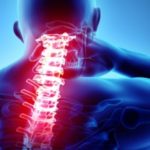Osteophytes, otherwise known as bone spurs, are a very common condition, especially as people age. Most people believe that bone spurs are a part of life and that they come with the territory of getting older and things breaking down. But that is not necessarily the case.
First off, let’s define what a bone spur is. From Wikipedia:
Osteophytes, commonly referred to as bone spurs, are bony projections that form along joint margins.
Before I elaborate further, let me explain something called Wolff’s law. Wolff’s law basically means that if your bones are under long term physical or mechanical stress in any way, they will adapt by growing more bone to better deal with that added mechanical stress. This is exactly what your classic bone spur is.
How can we prevent this from happening?
With the exception of certain conditions like osteomyelitis (a bone infection that may leave a bone spur formation) or Charcot foot (neuropathic breakdown in the feet of diabetics), bone spurs can be a symptom of a common body imbalance.
The proliferation (or growth) of a bone spur begins with a vertebral subluxation (a misalignment of a vertebra that interferes with communication between the nervous system and the body) of your atlas, or C1 vertebra, occurs. When the atlas misaligns, it will rock forward or backward to your left or right. This will in turn cause your head to tilt to the left or right. Because your body was not intended to move around with your head hanging to the side, the vertebrae in your spine will compensate. First your C2, then C3, and so on and so forth. This will cause compensatory misalignments all the way down your spine, possibly even abnormal curvature such as in scoliosis, kyphosis in the cervical spine (a reverse curve of your neck), or hyperlordosis in the lumbar spine (more of a curve in the low back than is normal).
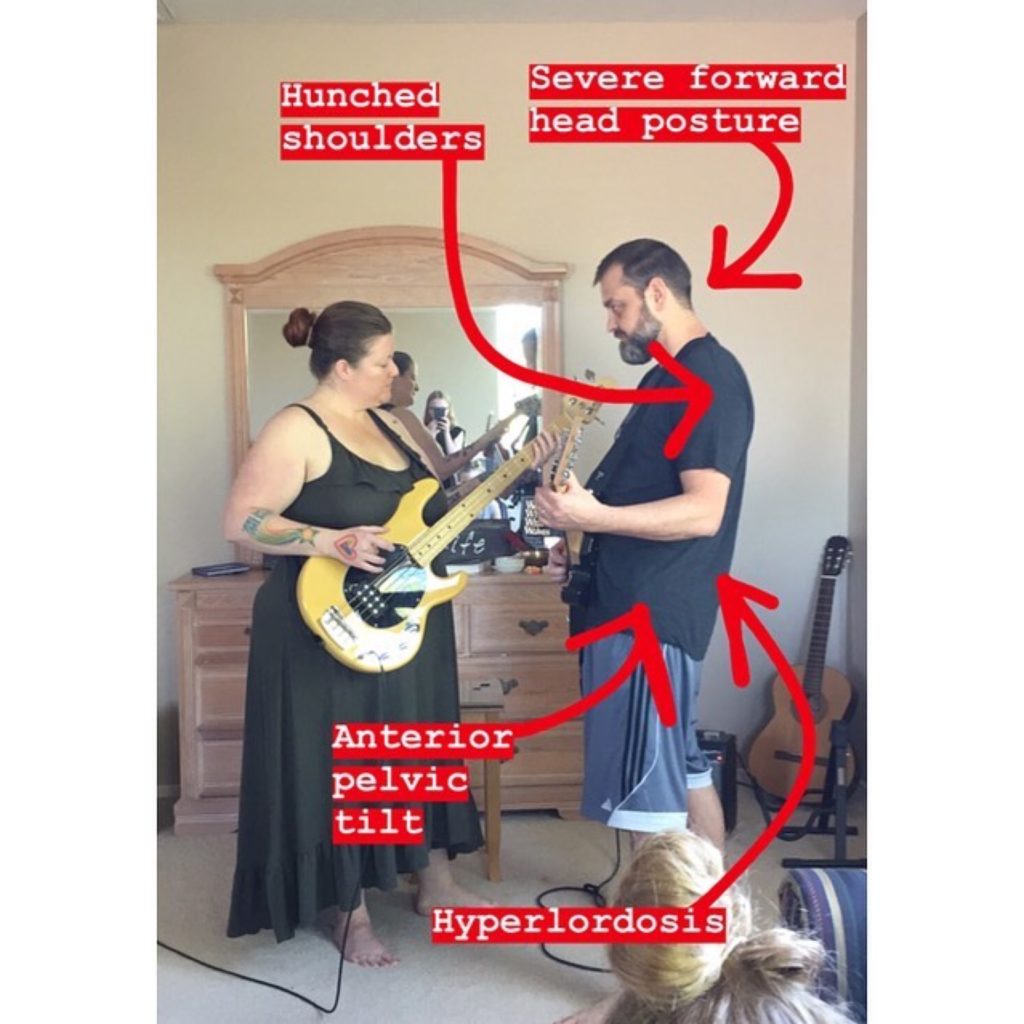
Due to this domino effect of misalignments, the vertebrae will be stacked unevenly on the ones below. This means that one side or one corner of a vertebra will unnaturally bear more weight than it should. The side of this extra stress will grow more bone to bear that added weight, hence a bone spur in your spine.
Because of this spinal imbalance, your pelvis will tilt to one side. Usually the high side of the pelvis will result in that leg appearing shorter than the other, thus causing you to place more of your weight on that side due the imbalance in your pelvis. The added strain on the leg bearing more weight will cause your bones and muscles to work harder on that side, including the bones in your feet. In this example, a bone spur in the heel may very well develop because of the added stress the Achilles tendon is placing on your calcaneus (heel bone).
If you think of a bone spur the same way you would a callous, it makes sense. Callouses develop on our hands when we use them a lot, such as when someone lifts weights on a consistent basis. But if that person stops lifting weights, the callouses diminish and go away eventually. A bone spur is basically a bone callous. Take away the undue stress and bone stops growing. In some cases it can even be reabsorbed by the body, as long as that undue mechanical stress goes away and stays away.
How do we get rid of the undue mechanical stress on our spine and joints?
Getting our spines checked by a chiropractor is the number one thing we can do to make sure our spine is healthy. Restoring proper function to the spine and nervous system are the core reasons chiropractic exists. Having misalignments in our spine for long periods of time can be a real problem, and can lead to even bigger problems, the least of which may be bone spurs. We are never too young or too old for chiropractic, so lets get ourselves checked and adjusted by a chiropractor, and on our way to a healthier, more optimal way of life.

